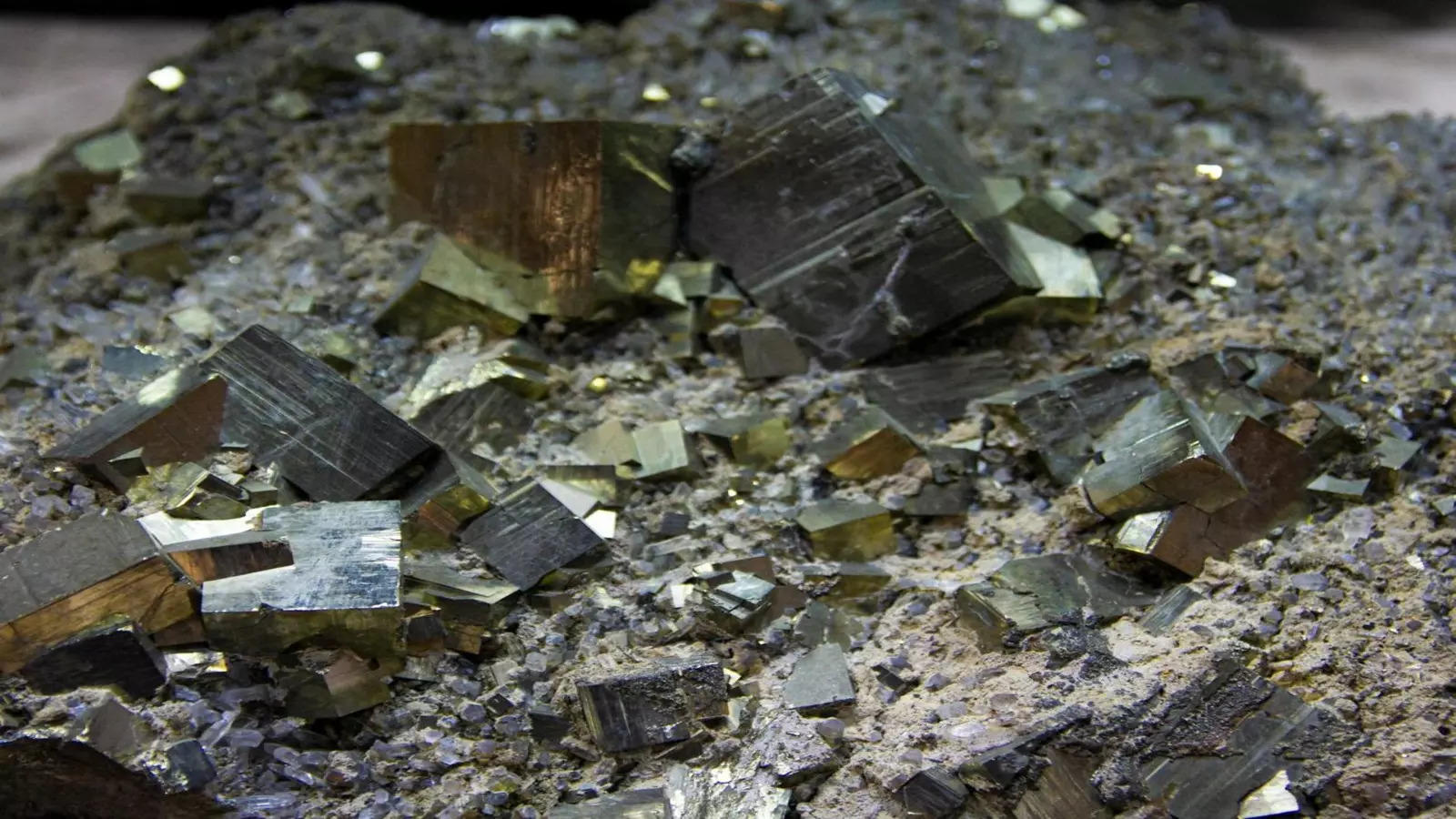Investment firm GQG Partners has a fund that’s trouncing the broader stock market. The Florida-based firm’s GQG Partners U.S. Select Quality Equity Fund (GQEPX) is up 33% in 2024, outpacing the S & P 500’s 27% year-to-date total return. The fund, which is rated five stars by Morningstar, is also a long-term outperformer. GQEPX has returned 137% to investors over the past five years, while the broad market index has seen a total return of 109% in that time, according to FactSet. It has also outperformed 99% of funds in its category over the past five years, per Morningstar. GQEPX is a 30-name portfolio, with the top 10 comprising between 35% and 50% of assets at any time. This matches the rest of the firm’s fund strategies, GQG portfolio manager Brian Kersmanc told CNBC. The fund’s top holdings are more heavily weighted toward tech, health care, consumer and utilities. Some of the names include Nvidia , Eli Lilly and Coca-Cola . The fund has more than $3 billion in assets and charges 0.67% in fees. Its minimum investment is $2,500. The firm manages $161.6 billion across all funds. Here’s a breakdown of the firm’s investment approach and how its top holdings encompass it. Aim for consistent growth “Our ultimate goal is to compound capital over the course of time. It’s much more of an absolute focus than it is a relative focus,” said Kersmanc, who manages the fund alongside GQG founder Rajiv Jain and two other portfolio managers at the firm. “We want a fund that’s high single-digit, low double-digit compounding over the course of time, and we want to do that with less volatility, less risk,” he said. “If we achieve that, and miss those more severe downturns and compound at a reasonable base in more normal periods — or the rest of the time — you end up outperforming the market by 200 to 300 basis points annualized over the course of the set market cycle,” Kersmanc said, speaking about the firm’s broader investing view. “If you’re doing that, you’re getting a smoother ride along the way.” One percentage point equals 100 basis points. Behind this view lie three pillars that support GQG’s overall investing strategy: A stock’s long-term growth horizon, its “forward quality” and its capital preservation. GQG has at least a five-year view on the stocks in their portfolios while constantly optimizing its exposure to changing trends. For example, Kersmanc said GQEPX had a minimal weighting in technology stocks in 2022 and 25% weighting in energy, while tech has now gone up to comprising about 45% of the fund. The firm owned a double-digit percentage of Nvidia in GQEPX and has since shaved the stock down to a single-digit percentage in the fund, though it’s still one the largest holdings in GQEPX. The firm began cutting its tech holdings in April due to a less compelling risk-reward in those names, given the run-up in pricing of stocks such as Nvidia, Kersmanc said. As GQG trimmed its tech holdings, it bought more staples and utilities. One of those names is Philip Morris, which comprises 4.32% of the fund as of June 30. Kersmanc said the tobacco company has proved high single-digit, low double-digit earnings compounding. He also noted that its next-generation products are seeing good momentum and profitability compared with its legacy products. The stock — which is up nearly 33% year to date — has reclaimed its reputation as a growth company due to the recent success of Zyn oral nicotine pouches. “There’s software companies out there that are growing at that similar clip from a top line perspective … but I would argue that Philip Morris is a little bit more stable in terms of the way that they earn over the course of time,” Kersmanc said. “Very good growth, very good return, and you’re paying a really reasonable multiple for it. So we just thought the risk-reward was better on that, and maybe a little bit more underappreciated with a name like that versus some of these other areas in the portfolio.” Coca-Cola ‘s another top holding of the fund that demonstrates strong pricing with its product, distribution machine and volumes, especially when compared with other staples companies, he added. The beverage maker’s shares have gained 7% this year. The sizeable portion of staples and health-care names in GQEPX revives the notion that “boring is the new exciting,” Kersmanc said. “We do move pretty swiftly and aggressively at times, or reposition the portfolio. We do adapt and change to what we believe that five-year view is,” Kersmanc said. “Because of how efficient trading is done, we believe that there’s almost infinite ability to substitute back and forth. … Even if we don’t necessarily have a name in the portfolio — we could take that name out — it doesn’t mean that we no longer have a strong five-year view on it. We just might be optimizing and substituting other players into the team, so to speak.” The firm’s second and third pillars — quality and capital preservation — refer to how well a company can hold up during periods of a downturn. GQG gauges these through different traits, including strong return on equity over cost of capital, balance sheet strength, an economic moat, modest leverage and whether a company has a margin structure that can sustain forward earnings growth, he said. “We focus on this concept of forward quality,” Kersmanc explained. “We have a belief that quality ebbs and flows over the course of time, and may exhibit itself in some places, and may fade away in others. It’s not a static measure.” An example of this was seen two years ago, when the fund bought Exxon Mobil. Kersmanc called it a “very high quality asset” under the thesis that energy businesses had a solid long-term structural outlook with strong free cash flow levels and shareholder returns. Exxon pulls “oil out of the ground cheaper than anybody else around the world. … Even if oil prices go down, refining stuff does better. So they’re considered that sort of a blue chip, almost widow-and-orphan stock within the portfolio,” Kersmanc said. Exxon shares had a rocky 2023, losing more than 6%, but are 20% higher this year. The stock had jumped 80% in 2022. The fund has since sold its Exxon holdings. “Allow the fact that you can change your mind to actually give you greater conviction and a call on a longer-term basis,” Kersmanc said.








